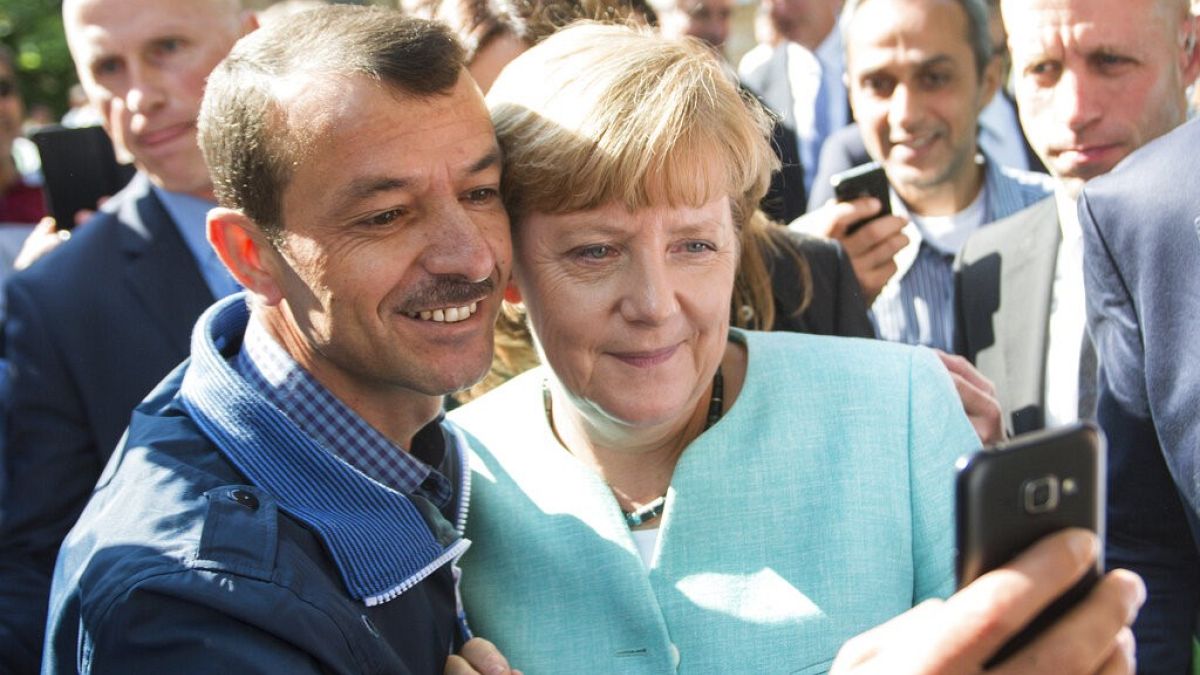Bussiness
Most of Germany’s ‘open door’ refugees now in work

Of the refugees who arrived in 2015, 64% of them are employed. However, there are many more women who are without work.
Most refugees who arrived in Germany thanks to Angela Merkel’s “open door” policy have now found work, according to a recent study by the Institute for Employment Research (IAB).
For the cohort who arrived in 2015, the employment rate in 2022 was 64%, compared with 77% for the wider German population.
Some 90% of employees in this group were subject to social security contributions, claimed IAB, and the median gross hourly wage for 2015 arrivals was €13.70.
This is above the low-wage threshold of €12.50, despite the fact that the mean age of refugees is much lower than the national average.
“Due to institutional and individual hurdles, particularly at the beginning of the refugees’ stay, employment rates are still low at less than 10% in the first year after arrival,” noted the IAB, referring to the refugee population as a whole.
“However, employment rates rise significantly as the length of stay increases: On average, they reach 57% six years after immigration, 63% seven years after immigration and 68% for stays of eight years or more.”
Transferring skills across borders
IAB’s report still identifies several barriers that refugees face when looking for work in Germany, such as restrictions to freedom of movement and employment bans.
During the asylum application process in Germany, those waiting for their refugee status to be approved are generally not allowed to work and the process can take several months.
On top of this, there is the added complication that many refugees don’t meet certain language requirements.
“The German government funds the national language learning programme for newcomers up until the basic level of B1, which is not sufficient for more complex and better paid jobs,” said Franziska Hirschelmann, the CEO of jobs4refugees.
“Germany also struggles with the recognition and transfer of relevant skills and qualifications,” she added. “Even in cases where transcripts did not get lost during war and displacement, the recognition procedure … is often unsuccessful as most countries do not have comparable vocational training programmes and certain professions require a German degree.”
Added to this, job precarity amongst refugees was exacerbated by the Covid-19 crisis, as migrants are over-represented in the hard-hit services sector.
Female participation in the labour market
IAB notes that, while the employment rate amongst male refugees is encouraging after several years of living in Germany, this is not the case for women.
Out of the refugees who arrived in 2015, some 31% of women were employed in 2022, compared to 75% of men.
According to Dr. Thomas Achilles, Economic Integration Manager for the International Rescue Committee in Germany, this is because women often remain the primary family caregivers.
“Most women are not able to find spaces for children in daycare and therefore miss opportunities to learn the language and fall even further behind in terms of employment,” he said.
“Women are extremely dependent on husbands or partners, sometimes even on older children to provide them with information. It leads to a complete lack of social interaction with the host community.”
Empowerment through work
Whether Germany’s “Open Door” policy has had a net-positive effect on the nation’s economic growth is a question still being debated.
That said, as European populations age, the need for young workers is becoming increasingly pressing. Foreign workers could help to plug these skill gaps.
As far as the benefits for refugees themselves are concerned, the right to employment is not only a human right but it also facilitates integration and boosts wellbeing.
“Securing a job empowers refugees to become self-reliant rather than dependent on aid. It helps them regain a sense of dignity and independence, enhancing their overall well-being,” explained Franziska Hirschelmann.
Germany is currently the largest refugee-hosting country in the EU, according to the UNHCR, and it ranks third on a global scale.
In 2015, individuals were mostly arriving from countries such as Afghanistan and particularly Syria, pushed out of their homes by violent conflict.
In 2022, more than 244,000 people applied for asylum in Germany, mainly from Syria, Afghanistan, Turkey and Iraq.
Germany also took in a number of refugees from Ukraine, although these individuals did not need to apply for asylum because they immediately received temporary residency status.










